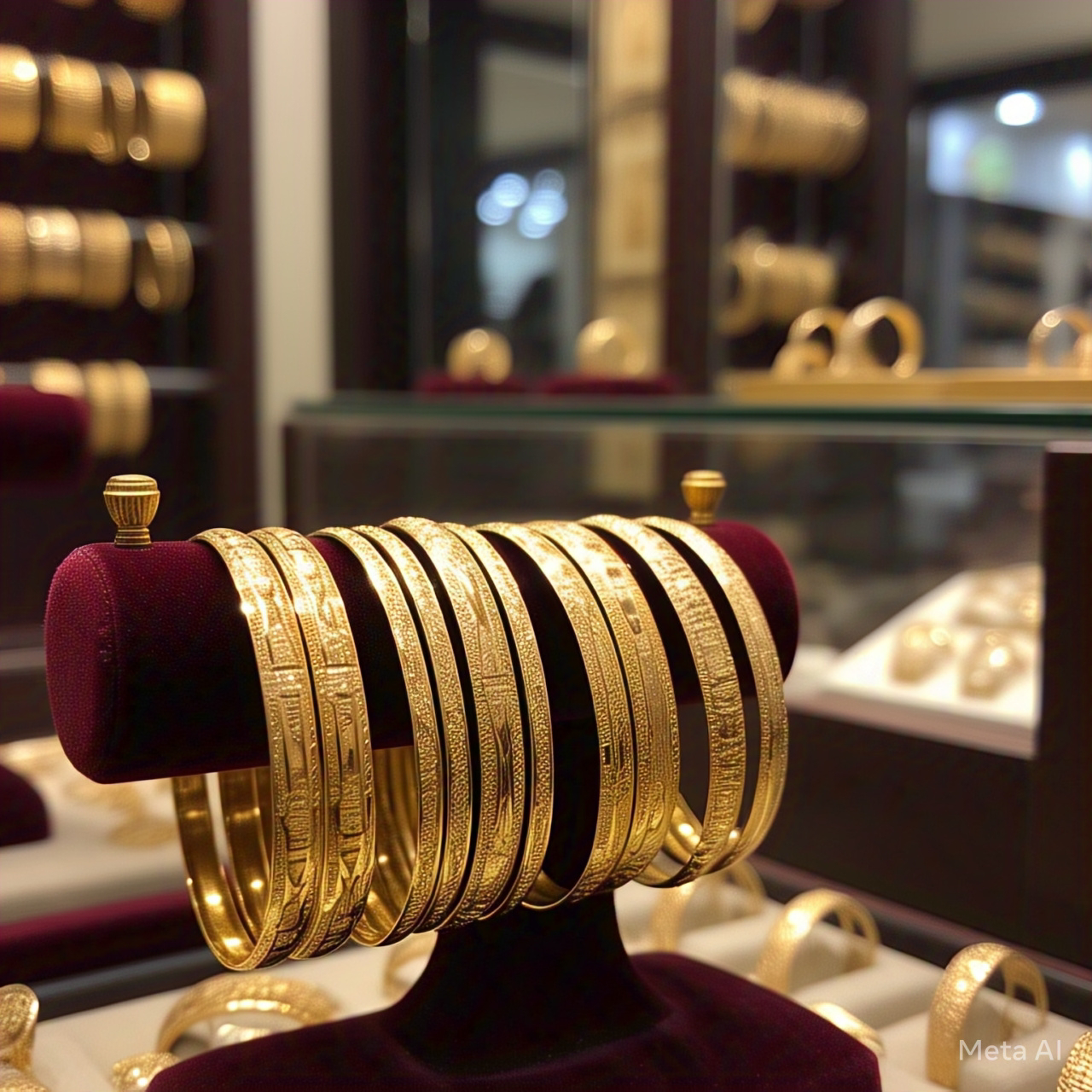December 8 National Chocolate Brownie Day
Brownies are frequently the first thing that comes to mind when you think of a wonderful, gooey, and chocolaty dessert to satisfy your sweet desires. This baked treat has won the hearts of dessert enthusiasts all around the world. Whether served as a quick snack or a sumptuous dessert, the brownie has a particular place in our kitchens and hearts. But, what precisely is a brownie? Where did it come from? And why has this basic delight become so popular? Let us explore and taste it.
A chocolate brownie, or just a brownie, is a dessert bar made with chocolate. There are many different types of brownies, and their density determines whether they are cakey or fudgy. Small and square, this chocolate cake has a delicate centre and frequently contains chocolate or nut chunks. Although the precise origin of Brownies is still unknown, a widely accepted idea states that they were invented in the United States in the late 1800s. Two groups of brownie lovers exist: Cakey brownies or fudgy brownies are preferred by some. Unlike the cakey kind, which is lighter and has a more cake-like texture, the fudgy variety is dense, moist, and rich.
The term Brownie and derivation
The brownie's chocolate brown colour gave it its name. Unlike a long description, the term probably evokes up the image of something little, sweet, and chocolatey, such as dark chocolate squares made from percolated milk, sugar, eggs, flour, butter, and more. Despite having a texture comparable to cakes, brownies are not considered cakes because they are finger foods. They are therefore classified as cookie bars. Brownies are a popular treat because there's something so fulfilling about biting into their rich, dense texture. Brownies are made moist by butter, sweetened by white sugar, and defined by their shiny, cracked top from the eggs.
Origin of Brownies
One of America's favourite baked goods, brownies, originated in the United States. Evidence suggests that Fanny Farmer modified her recipe for chocolate cookies in 1905 to make bar cookies that were baked in a rectangular pan.
The wife of a rich Chicago businessman, Bertha Palmer, is commonly credited with creating brownies when she asked the Palmer House pastry chef to make a treat for the 1893 World's Columbian Exposition. Palmer requested that the pastry chef make a compact, dense, and fudgy treat that would fit neatly in a tiffin box. The pastry chef produced a rich, thick, and fudgy chocolate bar that was encased in apricot glaze and walnuts. The sweet treats gained a lot of fame.
Making a perfect brownie
There are three main types of brownie textures: cakey, fudgy, and chewy. Cakey brownies are fluffy and lightly moist. Gooey, dense, and moist brownies are called fudgy brownies. More fat than flour will be used in a fudgy brownie recipe. Compared to that, a cakey brownie recipe will require a higher flour to fat ratio. For the ideal brownie, eggs are essential. Eggs provide a batter solidity and structure. They affect the finished baked good's texture and add moisture. Since milk has more fat and flavour than water, using it in place of water results in more moist and gooey brownies. Since butter gives the batter richness and a more decadent quality, we can use it in place of oil. Melted butter gives the brownie its shine and aids in the sugar's dissolution.
Recipe for a perfect Brownie
- 100g of flour
- 100g of butter
- 1/4 teaspoon of baking powder
- 2 eggs
- 150g of powdered sugar
- 150g of dark chocolate
- 20g of cocoa powder
Lack of structure, improper ingredients, improper baking temperature, overbaking, underbaking, cutting too soon, not using parchment paper, and using the wrong pan. To produce a flawless brownie, repeating a recipe and applying our imagination to decorate brownies will yield a wonderful outcome.
Nutrition
Brownies are not particularly nutritious, but they do have certain health benefits. Chocolate contains antioxidants, which may help reduce blood pressure and raise healthy cholesterol levels.
Variety
Eating only one item throughout the day will not cover all of your nutritional demands. Consuming a variety of foods is the most effective approach to meet your nutritional demands.
Labels
Labelling foods as "good" or "bad" might result in harmful binge-restrictive cycles. Thinking about foods as "good and bad" and limiting sweets can increase your chances of bingeing and feeling guilty when you do eventually consume them.









Comments
Post a Comment